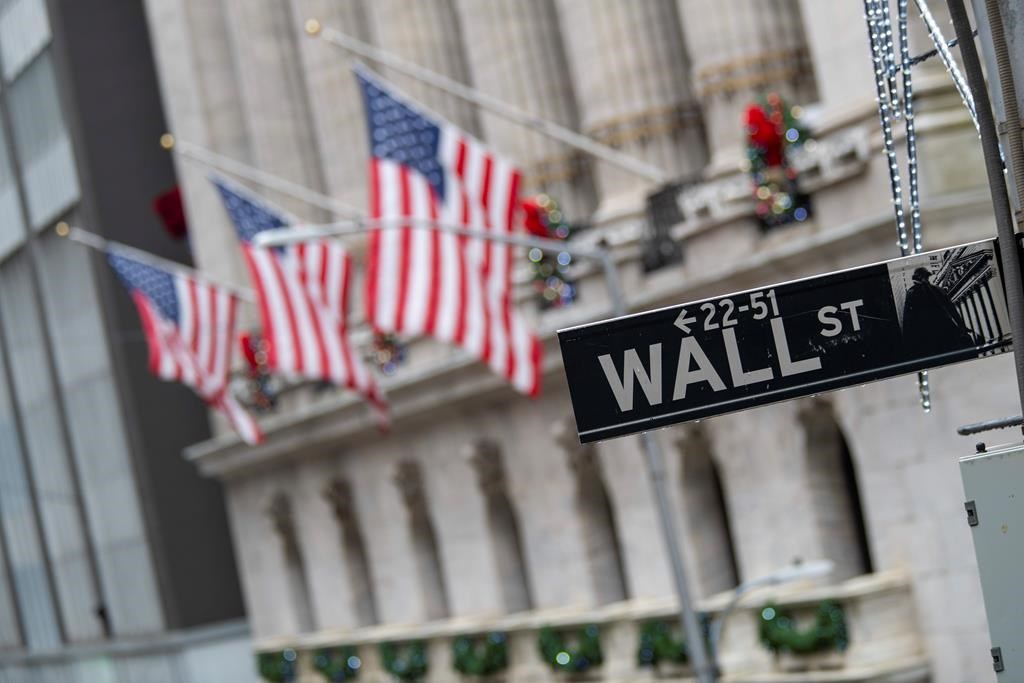
2021 is the year of vaccines and government spending…maybe?
U.S. GDP has reached its pre-covid 19 level…should we be celebrating? The answer is yes.
But the economy continues to provide mix signals to the market. Quarterly earnings from tech companies suggest strong demand and economic recovery. However, consumers accumulated an estimated $1.5 trillion in excess saving during the past year…are these earnings capturing a bump from that pent-up demand that could ultimately wane?
Unemployment is significantly down, but the economy also has 6 million less jobs than it did in February 2020 (prior to covid lockdowns). Yet consumer confidence is at its highest since the start of the pandemic. Equity investors are conveying similar optimism that the negative economic effects of covid-19 and associated disruptions will soon be behind us.
In short, there is an ongoing pandemic, and the recovery remains vulnerable.
Below are the five things to watch as the U.S. economy continues with its recovery.
Unemployment Insurance and Benefits
The media reports of labor shortages can feel overstated. But a drive through small town American cities, such as Syracuse (New York), or large American cities, such as Miami (Florida), demonstrate that there are many job openings (with hiring signs posted alongside the road and in stores) and that people are not filling them. Restaurants are short-staffed and factories struggle to find laborers. Is that a labor shortage or a problem of policy?
The answer to that question is quite complex. The fiscal relief approved in January provided a $300 weekly top-up to unemployment insurance in addition to other covid-related unemployment benefits. The simplistic math suggests the extra $300 on top of the basic unemployment payment makes unemployment more lucrative than working 40 hours at $15 per hour (though many jobs are not paying $15 per hour). Numerous states have done the math and ended the $300 weekly top-up…the August job reports will be telling and either disavow or validate that approach to policy and the intuition of state policymakers.
On the other hand, there is the reality of an ongoing pandemic, and many Americans fear returning to work until covid ‘feels more under control’…thus why vaccination rates will be a factor to watch. Others may be waiting for the right opportunity…career trajectory and ownership is a thing not solely for the rich. And others may have their spouse’s income to bridge them to a more opportune time. It is not clear headline numbers capture the underlying nuances.
Vaccination Rates
Slowing vaccination rates and increasing covid infection numbers in some states will continue to be a factor. Some states, particularly in the South, are seeing covid infection rates at 3 to 5 times the national average with vaccination rates below the national average. For example, less than 50% are vaccinated in the state of Florida yet the city of Miami gives the impression that covid is done. Many private businesses have requirements that the unvaccinated wear a mask, but little will be done to enforce the rule.
Vaccine passports and documentation have little chance of becoming normalized in Florida or across most U.S. states. Thus Americans still must interact with the public at their own risk. The consequence of that reality will become clear over the next several months. For example, many Americans remain fearful of eating at a restaurant or stepping into an office. Part of that is due to a developed appreciation for more ‘home life’ and remote work but it is also a true fear of the risk of catching covid. The U.S. additionally has not faced the big test, i.e. when it opens its borders to travelers from all countries at a level comparable to pre-covid times. Americans traveling abroad and tourists visiting the U.S. will likely introduce more exposure to a growing list of covid-19 variants, including the Delta variant. That opening of borders may coincide with fall and winter seasons when the risk of spread would increase.
Infrastructure Bill (or Agreement)
The Senate’s overwhelming bipartisan decision to advance a $1.2 trillion infrastructure framework feels positive. President Joe Biden signaled the agreement as evidence that U.S. democratic institutions “can function, deliver and do big things.” Support for the bill included the 50 Senate Democrats, Senate Minority Leader Mitch McConnell and 16 other Republicans, which, as a procedural requirement, helped to avoid a filibuster. But sufficient Republican support for passing a complete bill will be dependent on the details. The current agreement includes $110bn for roads, bridges, and related projects, $73bn for the electric grid, $65bn for universal broadband access, $55bn for clean drinking water, $42bn for ports and airports, and $7.5bn for a national network of charging stations for electric vehicles. Even so, the current agreement requires policymakers writing the full piece of legislation for passage. Getting from ideas to drafted legislation to passage of that legislation will be not be easy. Perspectives on big spending and what is required to sustain the recovery and growth may rightfully change in the meantime as the fact patterns and economic climate continue to change.
Debt Ceiling
Are there any remaining deficit hawks? If there are some, the upcoming debt ceiling discussion will expose and /or rejuvenate those remaining ‘true’ hawks. A two-year suspension of the debt ceiling expired at the end of July and now the bipartisanship that underwrote an infrastructure agreement must find a way to prevent a possible default. The debt ceiling had been set at $22 trillion since 2019 with borrowing rising to $28.5 trillion, which became the new limit on August 1st. The bickering and posturing of ten years ago lasted too long and became too rancorous with Standard & Poor’s stripping the U.S. of its AAA rating. Amid an ongoing global pandemic and many Americans still reeling from the pandemic, both parties can expect to feel some voter anger if the political dance hurts American financial standing.
Tax Policy
Let’s be honest…someone will have to pay for all the spending. Tax policy will be the lever to be pulled by policymakers. President Biden wants to raise corporate taxes from 21% to 28% He may have achieved a coup with the finance ministers of the G7 countries agreeing on a deal to reform taxation of multinational companies by curbing tax avoidance and imposing a minimum tax of, at least, 15% to reduce the economic incentive of recognizing revenue in low tax jurisdictions. Like any revolution, the coup requires official recognition in policy and by public institutions…this will take some time as finance ministers will have to convince their local legislatures to approve such changes in tax policy. The agreement will need to include other countries beyond the G7 to be truly effective…and other countries will push back. President Biden also wants to raise the federal capital gains and dividend tax rate. Conventional thinking suggests these raises will undercut business and the recovery. However, some economists argue that the money supply and excess capital in consumer hands will likely offset any negative effects of tax increases on capital investment. That said, tax policy and the economic recovery both feel partially uncertain today.
